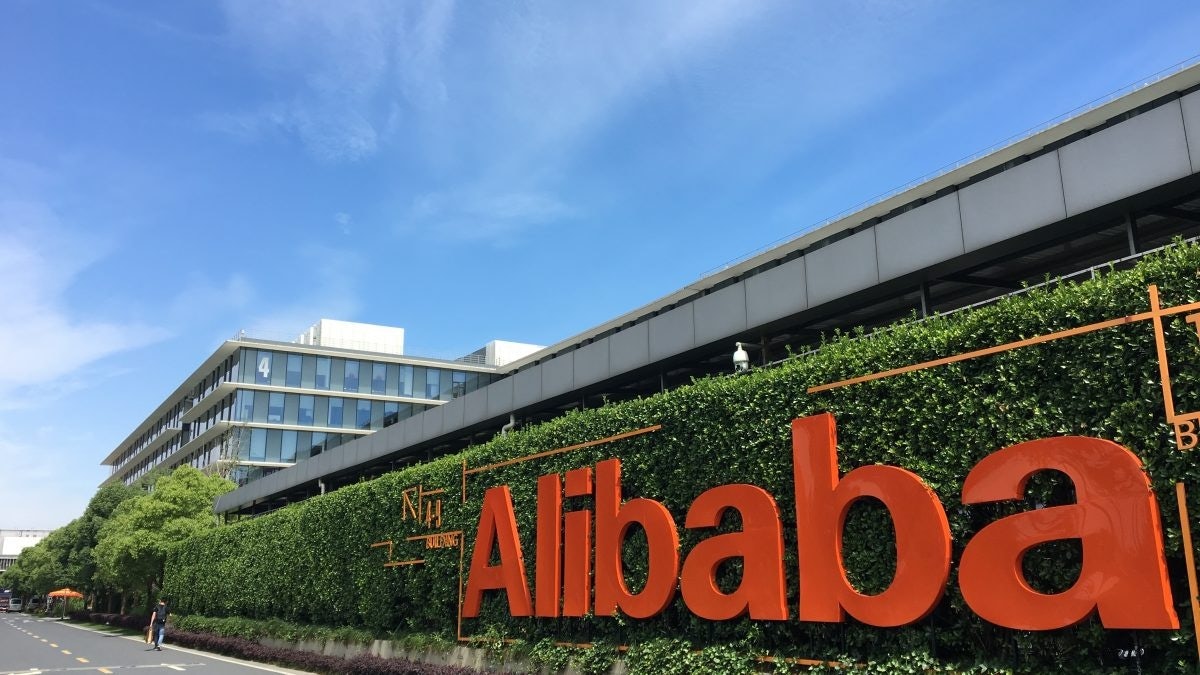E-commerce giant Alibaba reported better-than-expected revenue during the first quarter (ending June 30), thanks to online economic growth fueled by COVID-19-related quarantines and businesses scrambling to adopt the group’s cloud computing services.
Group-wide revenue amounted to 21.8 million (154 million yuan) for Q1, which was a 34-percent increase year-on-year. Meanwhile, revenues from its China commerce retail business reached 14.3 million (101 million yuan) — also a 34-percent increase year-on-year — that accounted for roughly 66 percent of the company’s total revenue.
“Our domestic core commerce business has fully recovered to pre-COVID-19 levels across the board, while cloud computing revenue grew 59 percent year-over-year,” said Maggie Wu, Alibaba Group’s chief financial officer.
Like its competitors, the group’s e-commerce business expanded due to consumers' growing reliance on online shopping and China’s early post-COVID-19 economic recovery. Alibaba’s biggest competitor in this arena, JD.com, also reported a stellar quarterly revenue increase of 33.8 percent.
Both of them can thank the mid-year shopping bonanza, 618, which saw platforms and brands offer consumer coupons and subsidies to help lure consumers into revenge spending. Both earned record-breaking sales results: JD with 34.5 billion (239 billion yuan) and Alibaba reaching 100 billion (698 billion yuan). Alibaba might have more staying power over future quarters, as its own promotional events happen in Q2 and Q3 (Tmall Super Brand Day on September 25 and Double 11 on November 11, respectively).
During the quarter, Tmall’s gross merchandise value grew by 27 percent year-on-year, while Tmall Global’s jumped by over 40 percent from a year ago. Alibaba said the numbers reflected strong consumer demand for branded products from overseas, with COVID-19 putting a halt to international travel sales.
As KOLs and merchants continued to connect with consumers through livestreaming in Q1, Taobao Live (Taobao’s livestreaming channel) saw its GMV grow by over 100 percent year-on-year, according to a company report that didn’t disclose conversion or sales numbers.
“We were well-positioned to capture growth from the ongoing digital transformation, which has been accelerated by the pandemic, in both consumption and enterprise operations,” said Daniel Zhang, the chairman and chief executive officer of the group, in a statement.
Zhang also mentioned in the earnings call that although globalization has remained the vision for Alibaba, his company would keep an eye on ever-changing geopolitical situations, which suggests that Alibaba might focus primarily on its home market soon.
The group’s cloud services contributed 1.7 million (12.3 million yuan) — or 8 percent — to its revenue. It became the largest public cloud service provider in China as of Q4 in 2019.
Having outperformed the broader US stock market over the past year, the company’s US-listed stock price shot up during pre-market hours but fell by almost 2 percent to below 255 per share after the market opened.

